- Home
- Features
- Movies/Media
- Collectibles
- Comics/Books
-
Databases
-
Figure Database
>
-
X-Plus Toho/Daiei/Other
>
- X-Plus 30 cm Godzilla/Toho Part One
- X-Plus 30 cm Godzilla/Toho Part Two
- X-Plus Large Monster Series Godzilla/Toho Part One
- X-Plus Large Monster Series Godzilla/Toho Part Two
- X-Plus Godzilla/Toho Pre-2007
- X-Plus Godzilla/Toho Gigantic Series
- X-Plus Daiei/Pacific Rim/Other
- X-Plus Daiei/Other Pre-2009
- X-Plus Toho/Daiei DefoReal/More Part One
- X-Plus Toho/Daiei DefoReal/More Part Two
- X-Plus Godzilla/Toho Other Figure Lines
- X-Plus Classic Creatures & More
- Star Ace/X-Plus Classic Creatures & More
-
X-Plus Ultraman
>
- X-Plus Ultraman Pre-2012 Part One
- X-Plus Ultraman Pre-2012 Part Two
- X-Plus Ultraman 2012 - 2013
- X-Plus Ultraman 2014 - 2015
- X-Plus Ultraman 2016 - 2017
- X-Plus Ultraman 2018 - 2019
- X-Plus Ultraman 2020 - 2021
- X-Plus Ultraman 2022 - 2023
- X-Plus Ultraman Gigantics/DefoReals
- X-Plus Ultraman RMC
- X-Plus Ultraman RMC Plus
- X-Plus Ultraman Other Figure Lines
- X-Plus Tokusatsu
- Bandai/Tamashii >
- Banpresto
- NECA >
- Medicom Toys >
- Kaiyodo/Revoltech
- Diamond Select Toys
- Funko/Jakks/Others
- Playmates Toys
- Art Spirits
- Mezco Toyz
-
X-Plus Toho/Daiei/Other
>
- Movie Database >
- Comic/Book Database >
-
Figure Database
>
- Marketplace
- Kaiju Addicts
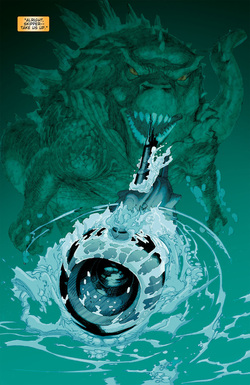 From MTV Max Borenstein explains his prequel graphic novel 'Godzilla: Awakening,' and where the movie's sequel might go. Before “Godzilla” opens in theaters on May 16, fans of the legendary (or should we say, Legendary?) monster can get a sneak peak at what’s in store with the prequel graphic novel, “Godzilla: Awakening.” And unlike many cash-in books tied to movies, this one is an essential tie-in: it was written and created by the writer of the movie, Max Borenstein as an essential companion to the events of the movie. “The comic came out having worked on the film,” Borenstein told MTV News over the phone. “The script was done, Legendary comics division approached me and said, ‘Would you be interested in expanding the universe you created in a graphic novel?’ And there was this germ of an idea in the film that had to do with Dr. Serizawa (Ken Watanabe) and his father that [had a] thematic tie to the original origin story of ‘Godzilla’ as a franchise. Immediately, I called up Greg [Borenstein] and we got cracking.” The book tracks the evolution of man’s relationship with the giant beast, something that starts as a secret. It’s something that’s covered during the opening sequence of the film, but that doesn’t mean the comic is just an expansion of material you’ll see on film. “The compressed bit that you see, along the course of development of the film – at one time – there was more,” Borenstein continued. “By the nature of filmmaking as things settle into place, you realize what you’re going to need to trim away… But it was always something I thought was very interesting and important in terms of grounding this story in historical reality. That’s why I was attracted to going back to that.” Interestingly, the graphic novel takes a very different path than the film. Though it touches on some of the same points, and exists in the same world, the novel is almost a parallel to what happens on screen, rather than an exact copy. And nowhere is that more prevalent than in the related, but extremely dissimilar adversaries seen in the comic. “We wanted to try and use it to establish a kind of appetizer of what to expect in terms of our take on Godzilla and his relationship to the world,” Borenstein said. “What kind of adversaries he might face that might be related to his own existence rather than a random alien crashing to Earth. Which has certainly been done, but we were trying to stick to one buy-in. If you’re going to accept that a giant lizard comes out of the ocean, we don’t want to have to ask you to also accept another big sci-fi premise in the next 20 minutes.” Still, that doesn’t mean everything was fair game. In order to properly tee up the movie, Borenstein had to hold back on certain aspects of Godzilla lore. “It was impossible for us to destroy a city in the comic,” Borenstein noted. “If we had destroyed a city, by the time the film starts, a city has been destroyed, and so everyone knows. That would negate everything we had set up in the film, so we had to make it so that it would be captivating in it’s own right, but within this timeline.” Though there are currently no announced plans for a continuing “Godzilla” comic book, Borenstein did say he has an affection for the “X-Files” nature of the book (and movie) organization The Monarch Project, which tracks movements by giant monsters. And what about a certain Easter Egg in the movie? During one scene, briefly glimpsed in the foreground is an empty aquarium with an open chrysalis. A marking on masking tape notes that the occupant of the tank was named Mothra. “I can’t say the Mothra Easter Egg is an indication of any specific plans for Mothra, though everyone has a fondness – I know I speak for Gareth, and I speak for Legendary – everyone has a great fondness for all the Toho characters,” Borenstein said. Regardless of what direction the universe goes in, Borenstein does know he wants to keep it in the same world — and though that doesn’t mean a giant moth creature is out of the question, it does mean that it would need to make sense for the continuity set up by the first movie. “If we’re fortunate enough to make a sequel, then I think the choice of what character that might be, whether it’s a Toho character or a new one, it’s always going to have to be dictated by finding a way in to that character,” Borenstein said, “that feels of a piece with the tone we’re establishing. So you asked earlier if picking a grounded tone is why we didn’t have, Ghidorah or whatever? Not really, because I think there is a way to take any of those characters and put a fresh spin on them that might feel more of a piece tonally with our film than it would with maybe a campier, light-hearted version.” And where would Borenstein draw inspiration for this? From a surprising source. “The same way Chris Nolan was so brilliantly able to create a Joker that felt of a piece in his dark and grounded reality,” Borenstein said on where he’d get inspiration for Mothra, or other classic characters, “whereas if you just watched the television series from the ’60s, the Batman shows, you would have said that was impossible. I think it’s possible.”
0 Comments
From fxguide
When director Gareth Edwards began the task of tackling a new on-screen version of Godzilla, he looked to famed studio Weta Workshop to help flesh out initial designs. fxguide spoke to key Weta Workshop artists about their design process for the famous creature. Read there interview of the artists here. From Famous Monsters
Rather than giving you yet another typical online critic’s opinion, FM has decided to bring you its verdict on the new GODZILLA movie by transcribing the opinions of four more qualified individuals: Godzilla art guru Bob Eggleton, Heisei Godzilla-suit-wearer Kenpachiro Satsuma, original Ultraman Satoshi “Bin” Furuya, and tokusatsu hero of Kikaida and Inazuman Daisuke Ban. The following Q&A session took place after a special screening of GODZILLA in San Jose at Big Wow! ComicFest, with kaiju expert August Ragone moderating, on May 17. August Ragone. So why don’t you tell us what you thought of the film? Bob Eggleton. It kicked ass. The funniest thing is that when I saw Gareth Edwards’ directorial debut called MONSTERS, I turned to my wife and said, this guy should direct Godzilla. If there is some justice in making another Godzilla movie, get Gareth Edwards. And I could not believe it when they said they got Gareth Edwards. I was like, win. It’s a slow burn movie. It builds up and builds up, and that’s what I liked about it. It wasn’t monsters every single minute. It’s a a nice visual tease. Ragone. It’s the smooth Bourbon of kaiju eiga. And just while we were watching this movie, it earned another ten million dollars. Eggleton. Legendary was hoping for somewhere between 60 and 70 million for the whole weekend. It looks like it’s going to finish around 100 million. And that’s just the US total. So what this means to us is more Godzilla! Ragone. Without further ado, let’s get our Japanese guests onstage: Mr. Ban Daisuke, Mr. Bin Furuya, and Godzilla himself, Mr. Kenpachiro Satsuma. And our interpreter, Jason Varney. Satsuma. [translated] Unlike the last version of Godzilla that America did, he turned out to be more a friend to the humans this time, which surprised me. I only hoped that Godzilla would walk a little more slowly back into the ocean and roar a few more times. If Godzilla is really fat like people are saying, he should have room for a huge roar. Furuya. [translated] Godzilla was evil back in the old days. But he turned out to be America’s hero in this movie, right? I never thought Godzilla could be this gentle. It was great to be together with all you guys for a fun Godzilla movie. Ban. [translated] As Furuya said, it was interesting to see Godzilla as a hero. I was very moved by it. It’s good to know that so many people have come to see this. It seems to be popular. I am very proud of how strong and tough, but gentle and nice Godzilla actually was. It’s a good family movie! For Ultraman [Furuya], what was it like working with (original Godzilla suit actor) Haruo Nakajima on the set? Furuya. [translated] It was great. He was my sempai (older mentor). He was very tough. He challenged me to do my best, and I learned a lot from him. The only bad thing was that since he was my sempai, I couldn’t punch him as hard as I wanted to. [everyone laughs] Even though Ultraman was supposed to be stronger! For Ultraman, again, I read on Wikipedia that you and Nakajima were actually chosen for your height and your martial arts ability. Is that true? Furuya. [translated] Yes. I was chosen to be Japan’s number one hero because I was tall, I was thin, and I had a lot of free time. Do you think this new Godzilla kept the heart of the classic original from the 50s? Satsuma. [translated] I think he’s lost a bit of his heart in comparison with using suit actors. How accepting will Japan be of Godzilla as a hero instead of as a destructive monster? Satsuma. [translated] I don’t think of Godzilla being evil or a hero. If there are buildings in his way, he should get them out of the way. Godzilla should follow his own path, ignore other people, ignore everything else. Just follow his own way. As a portrayer of Godzilla, do you have a favorite fight in the history of the King of Monsters, and why? Satsuma. [translated] Biollante. [applause and cheers] Many of the scenes were filmed in water, so the acting was up to everyone else—water technicians, people making waves. I just had to move a little bit. There wasn’t much acting involved. If all I did was go [growls and moves around], that was enough. In a sequel to this movie, what would you like to see differently? Satsuma. [translated] Godzilla’s arms are a bit too long. They should be shorter. His stance should be more [crouches down], and he should come out in a fighting stance. He shouldn’t be using his tail so much, but using his body. For the scene when his tail was swinging at the building, I thought there should be more of his body in it, not just the tail. Ragone. Many people don’t know that there was actually a motion capture artist who played Godzilla: Andy Serkis, the same guy who played Gollum and King Kong. So if they used him, shouldn’t we have Mr. Satsuma do the next movie? [audience cheers] Satsuma. [translated] Are you kidding? Maybe I’ll do it; teach everyone “Godzilla kempo”. This question is for all three of you. Did you ever take on pupils and pass on the legacy of suitmation to a younger generation? Satsuma. [translated] I taught a lot of actors, though it wasn’t a smooth system like back in the day. Furuya. [translated] Because I was playing a hero, I didn’t think about mentor-tutor relationships. I just thought, we’re making a show for children, so let’s just make it as entertaining as possible. There were so many episodes of the show. Ban. [translated] When I was watching this movie I tried to imagine Satsuma in his Godzilla suit, and I saw two different Godzillas in my head. I realized that we’re entering a different era. It will be interesting to see how Godzilla is portrayed in the future. Also, there is a new KIKAIDA movie coming out at the end of this month, and I’m in it. I hope it will play in America soon. Who would you like to see Godzilla fight next? Satsuma. [translated] I can’t choose an existing one; I’d rather see a new monster. Eggleton. Apparently Gareth Edwards wants to do his version of DESTROY ALL MONSTERS. [loud cheering] And if you’re still looking for that critical opinion, suffice it to say that the whole FM crew enjoyed the movie very much. 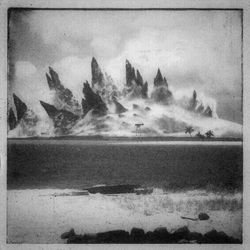 Gareth Edwards, director of Godzilla 2014, sat down with Empire for an interview on their podcast, where he touched on filmmaker Frank Darabont's input, Godzilla's atomic breath and more. In the spoiler-filled interview on the Empire Podcast, Godzilla director Gareth Edwards shared some details on Warner Bros. and Legendary's massive reboot. He revealed that there were "something like 990 effects shots" and uncovered the Mothra easter egg within the movie. There are quite a few spoilers so be warned, listen to the podcast below. From Variety
The Internet rumor that the Japanese see the new made-in-America “Godzilla” as “super-sized” and “too fat” is all wrong, Toho would like you to know. “It’s just a small number of people saying that,” explains Toho PR rep Yosuke Ogura. “The number of people here who are OK with the new ‘Godzilla’ is a lot larger.” Toho is the Japanese distributor of the film, and owns the underlying Godzilla property. He favorably compares the look of the title monster in the Gareth Edwards pic to that in the 1998 Roland Emmerich “Godzilla,” which he frankly labels a “disaster.” “This new Godzilla is closer in spirit to the original,” he says of the Legendary Entertainment-produced film. “If you just see the trailer, you might get the idea that he’s ‘fat’ or whatever, but once you see the whole film, as I have, I think your opinion will change.” Local fan opinion is more diverse than earlier negative media reports implied. A glance at recent comments on the popular 2channel message board site reveals more anticipation than snark, now that additional info about the film has appeared, including early reviews. “Gareth Edwards has made a full-bore, completely new ‘Godzilla’ that will be accepted around the world,” opines one poster. “I think it will be an immortal masterpiece.” Fat jokes are nowhere in sight. Japan, however, will be the last major market to view the latest Hollywood iteration of the iconic franchise that Toho launched in 1954 with the first of 28 made-in-Japan Godzilla pics: The studio plans to release “Godzilla” on July 25, nearly six weeks after its U.S. bow, but not out of any uncertainty about its success. “That’s just the best timing,” explains Ogura. “It’s when big movies are released here.” One recent example is the Hayao Miyazaki animation “The Wind Rises,” a Toho release that opened on July 20, 2013, and became the year’s highest-earning pic with $117 million. One reason for this timing is that Japanese schools do not begin their summer break until mid-July. But Toho, Ogura emphasizes, does not consider “Godzilla” kiddie fare. “Of course, children will be able to see it – it’s rated for all ages,” he says, “but our primary target is adults.” Toho is still sorting out its release strategy, though Ogura says the number of screens “will be as large as we can make it.” One measure of comparison is the 454 screens Toho secured for “The Wind Rises.” “It will be in that range,” Ogura says. Toho has not yet announced a B.O. target, but given the film’s $93 million weekend opening in the U.S., Toho can probably look forward to strong returns. Its own risk is relatively limited, however, since it is not a production partner on “Godzilla,” a co-production of Legendary Pictures and Warner Bros. Pictures. As part of its celebrations for the 60th anniversary of the original “Godzilla”’s debut, Toho plans to release a digitally re-mastered version of the 1954 Ishiro Honda classic on June 7 at theaters nationwide. Meanwhile, since March, Nihon Eiga Satellite Broadcasting, a Japanese movie specialty channel, has been broadcasting all 28 Toho-produced Godzilla pics as a lead-up to the July Japan release of “Godzilla,” including a 24-hour all-Godzilla lineup on May 5, during the Golden Week holiday. Also on the channel’s line-up are the 1998 Emmerich pic and “Godzilla, King of the Monsters,” the 1956 reworking of the original film for the U.S. market starring Raymond Burr. |
Archives
July 2024
Categories
All
|
|
© 2011-2024 Kaiju Battle. All Rights Reserved.
|
Visit Our Social Media Sites
|
Proudly powered by Weebly
|
- Home
- Features
- Movies/Media
- Collectibles
- Comics/Books
-
Databases
-
Figure Database
>
-
X-Plus Toho/Daiei/Other
>
- X-Plus 30 cm Godzilla/Toho Part One
- X-Plus 30 cm Godzilla/Toho Part Two
- X-Plus Large Monster Series Godzilla/Toho Part One
- X-Plus Large Monster Series Godzilla/Toho Part Two
- X-Plus Godzilla/Toho Pre-2007
- X-Plus Godzilla/Toho Gigantic Series
- X-Plus Daiei/Pacific Rim/Other
- X-Plus Daiei/Other Pre-2009
- X-Plus Toho/Daiei DefoReal/More Part One
- X-Plus Toho/Daiei DefoReal/More Part Two
- X-Plus Godzilla/Toho Other Figure Lines
- X-Plus Classic Creatures & More
- Star Ace/X-Plus Classic Creatures & More
-
X-Plus Ultraman
>
- X-Plus Ultraman Pre-2012 Part One
- X-Plus Ultraman Pre-2012 Part Two
- X-Plus Ultraman 2012 - 2013
- X-Plus Ultraman 2014 - 2015
- X-Plus Ultraman 2016 - 2017
- X-Plus Ultraman 2018 - 2019
- X-Plus Ultraman 2020 - 2021
- X-Plus Ultraman 2022 - 2023
- X-Plus Ultraman Gigantics/DefoReals
- X-Plus Ultraman RMC
- X-Plus Ultraman RMC Plus
- X-Plus Ultraman Other Figure Lines
- X-Plus Tokusatsu
- Bandai/Tamashii >
- Banpresto
- NECA >
- Medicom Toys >
- Kaiyodo/Revoltech
- Diamond Select Toys
- Funko/Jakks/Others
- Playmates Toys
- Art Spirits
- Mezco Toyz
-
X-Plus Toho/Daiei/Other
>
- Movie Database >
- Comic/Book Database >
-
Figure Database
>
- Marketplace
- Kaiju Addicts
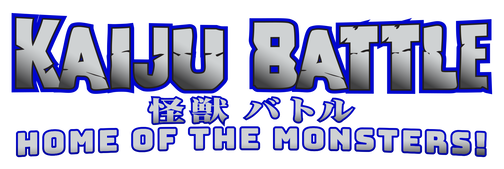

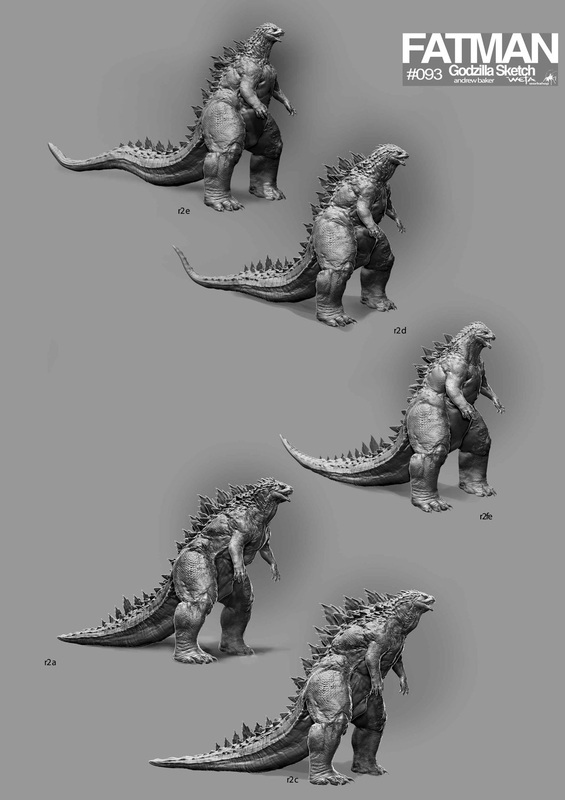
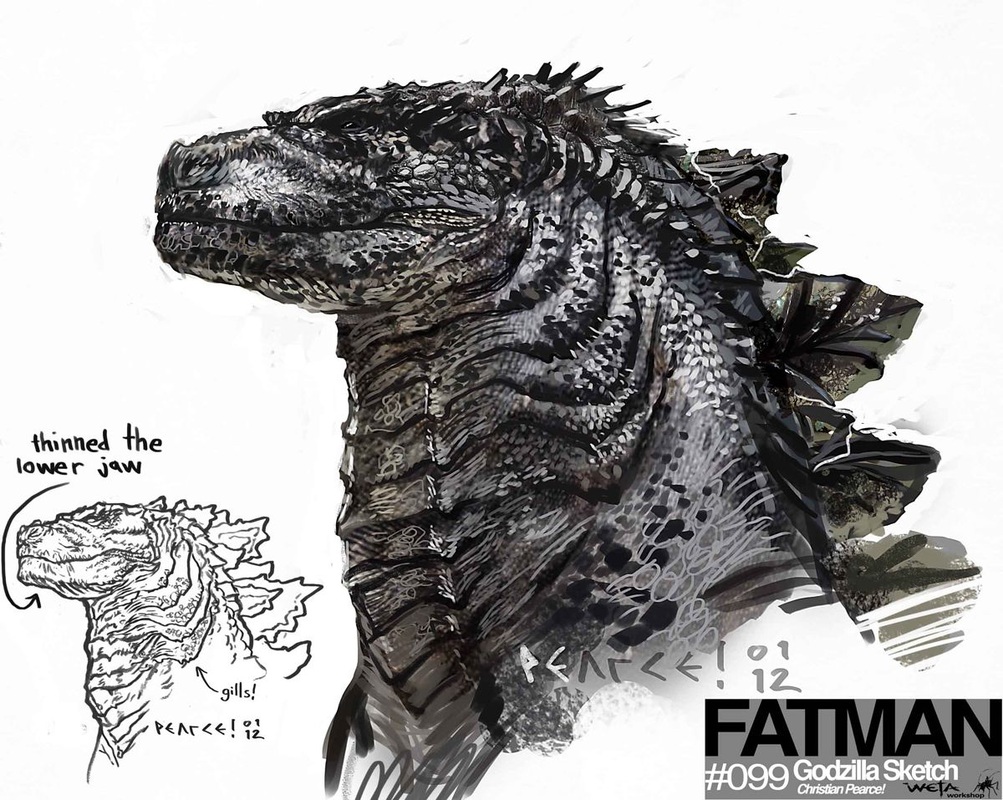
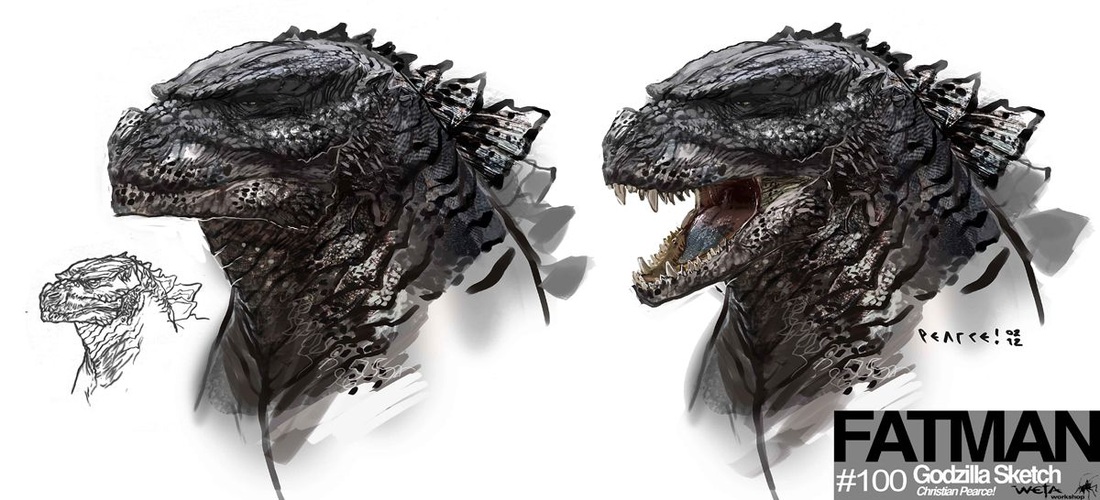

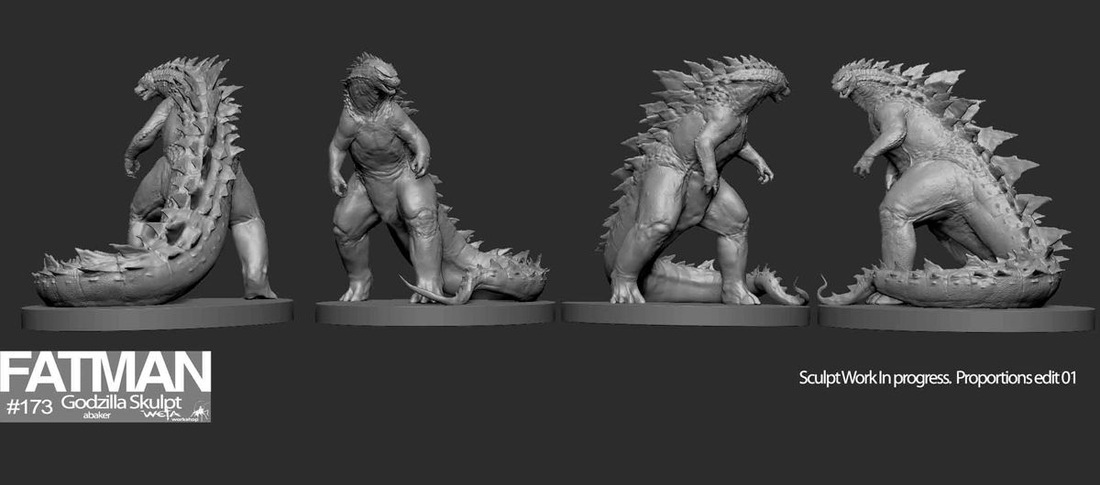
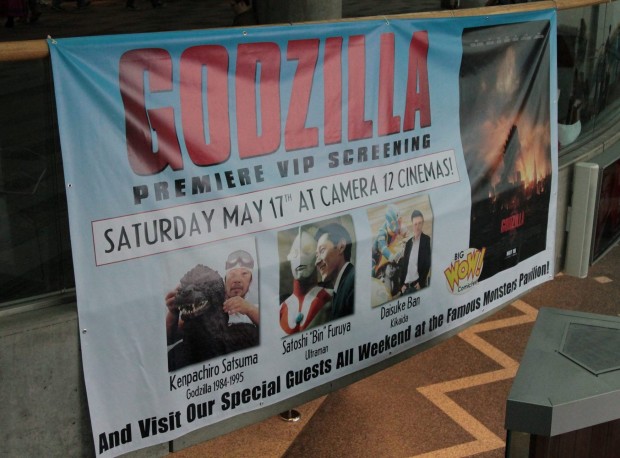
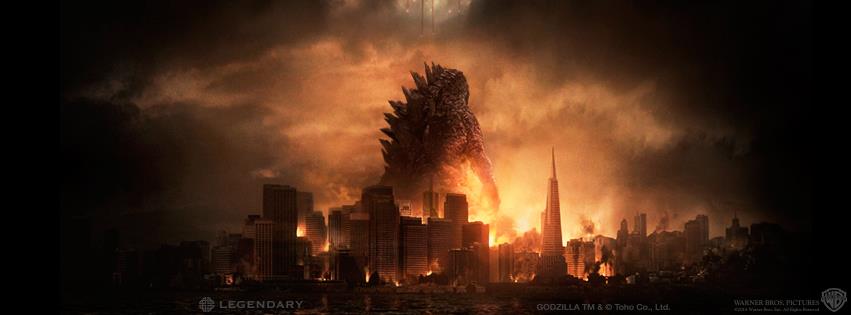
 RSS Feed
RSS Feed